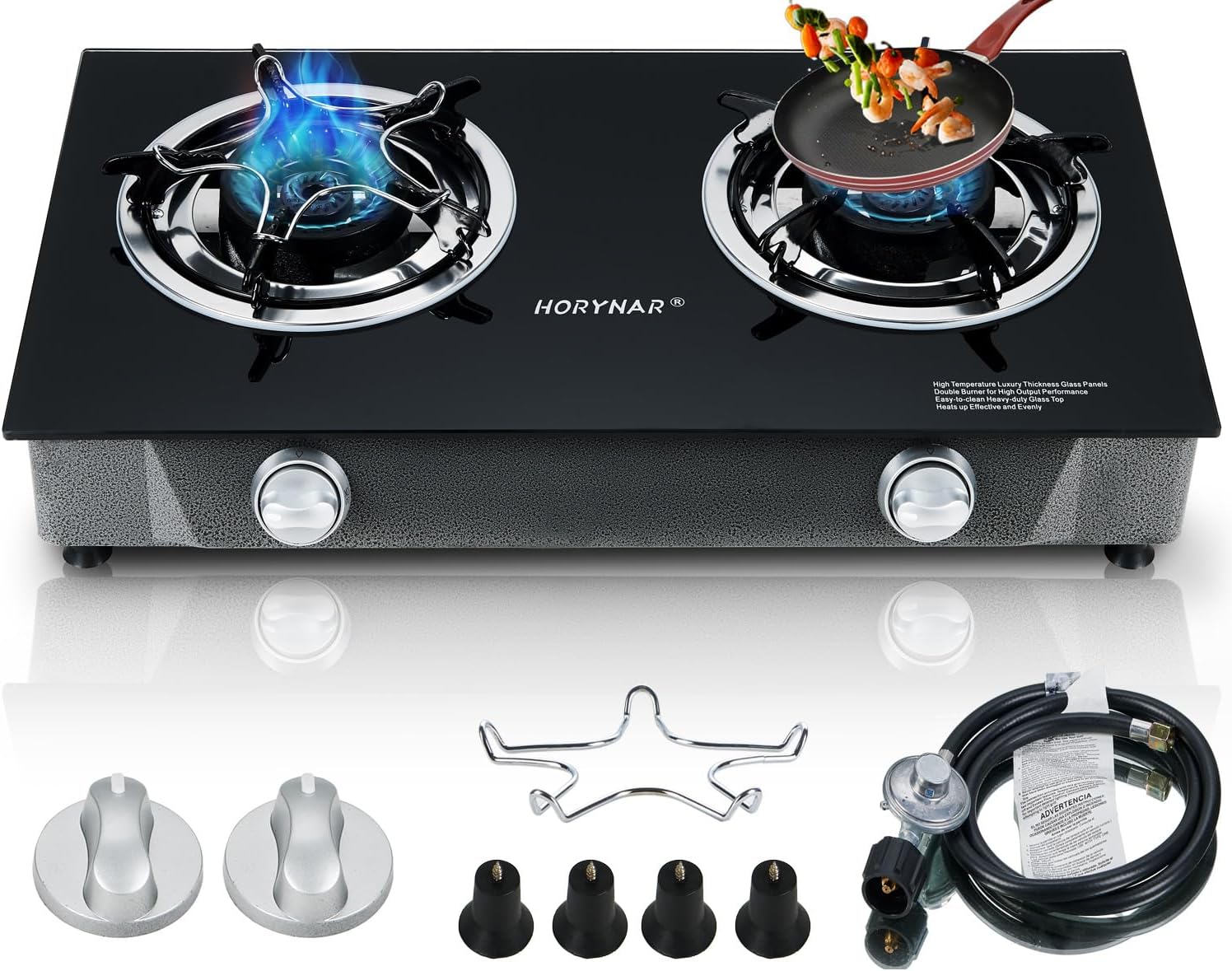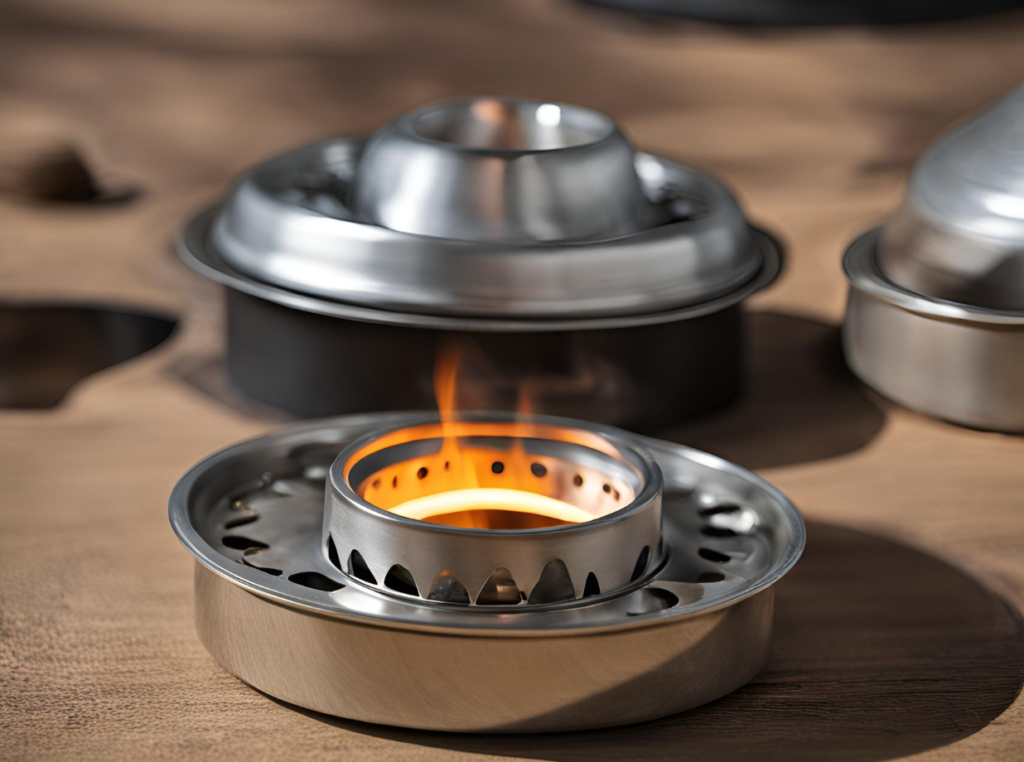Have you ever wondered about the efficiency of propane stoves? Whether you’re considering one for your home, camping, or other outdoor activities, understanding how well they perform can help you make an informed decision. From fuel consumption to environmental impact, there’s a lot to uncover. In this guide, we’ll delve into various aspects of propane stoves to provide a thorough understanding of their efficiency.
What is a Propane Stove?
A propane stove is a type of cooking appliance that uses propane gas as its fuel source. Propane, a byproduct of natural gas processing and petroleum refining, is stored in liquid form in pressurized tanks. When released from the tank, propane turns into gas, which can be ignited to produce a steady and controllable flame.
Types of Propane Stoves
There are different types of propane stoves available, which vary based on their intended use, features, and size. Here are a few common ones:
Portable Camping Stoves
These are compact, lightweight stoves designed for outdoor activities like camping and hiking. They are easy to carry and can typically be set up quickly.
Backpacking Stoves
Even more compact than camping stoves, backpacking stoves are designed to be ultra-lightweight and portable. They are ideal for people who need to minimize the weight of their gear.
Fixed Kitchen Stoves
Propane stoves can also be permanent fixtures in home kitchens or RVs. These models are often larger and come with multiple burners and additional features.
Key Benefits of Propane Stoves
Understanding the core benefits can help you see why many people opt for propane stoves:
- Portability: Perfect for outdoor use and emergencies.
- Versatility: Suitable for various cooking methods.
- Efficiency: Quick heat-up times and consistent performance.
- Fuel Accessibility: Propane canisters are widely available.
How Efficient Are Propane Stoves?
The efficiency of a stove can be measured in several ways, including fuel efficiency, energy output, and overall performance. Let’s break down these aspects.
Fuel Efficiency
Fuel efficiency refers to how well a stove uses its fuel source to produce heat. Propane stoves are known for their excellent fuel efficiency.
Energy Content of Propane
Propane has a high energy content, measuring approximately 21,600 BTUs (British Thermal Units) per pound of propane. This means that a small amount of propane can produce a lot of heat.
Fuel Consumption Rate
On average, a one-burner camping propane stove consumes about 0.11 gallons of propane per hour at high heat. To get a better understanding, here’s a simple table for different stove types and their consumption rates:
| Stove Type | Fuel Consumption Rate (Gallons/Hour) |
|---|---|
| Portable Camping | 0.11 |
| Backpacking | 0.06 |
| Fixed Kitchen | 0.20 |
Heat Output
The heat output of a propane stove is usually measured in BTUs. High-efficiency stoves can reach up to 10,000 BTUs or more per burner. Your cooking requirements will determine the BTU output you need. For example, simmering vegetables may need just 3,000 BTUs, while boiling water may require 7,000 BTUs or more.
Efficiency in Various Conditions
Outdoor conditions can significantly impact the efficiency of a propane stove. Factors like wind, temperature, and altitude can affect performance. Stoves designed with windshields and other protective features can maintain higher efficiency in challenging conditions.
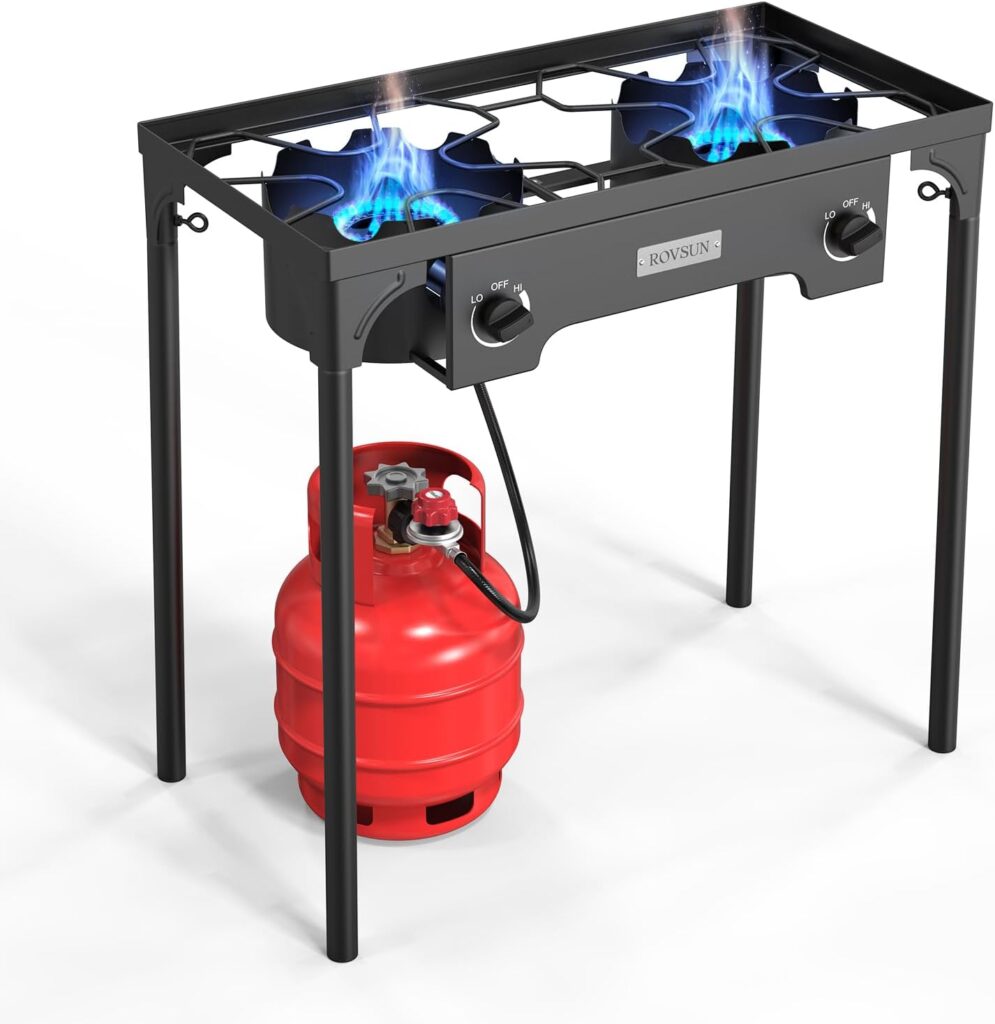
Environmental Impact
Efficiency isn’t just about how well a stove performs but also how it impacts the environment. Propane stoves are often considered more eco-friendly than those using other fossil fuels.
Cleaner Combustion
Propane burns more cleanly than gasoline or wood, producing fewer emissions and particulates. This makes it a better option for those looking to minimize their environmental footprint.
Carbon Footprint
Using propane produces approximately 139 pounds of CO2 per million BTUs, which is lower compared to other fossil fuels. Here’s a quick comparison:
| Fuel Type | CO2 Emissions (Pounds/Million BTUs) |
|---|---|
| Propane | 139 |
| Gasoline | 157 |
| Coal | 210 |
Recyclable Canisters
Propane canisters are made of recyclable materials, but they must be properly disposed of. Many outdoor retailers offer recycling programs to ensure that these canisters do not end up in landfills.
User Convenience
Efficiency also encompasses how convenient a stove is to use. Propane stoves offer several features that enhance user experience.
Easy Ignition
Most modern propane stoves come equipped with ignition systems, so you won’t need matches or lighters. Electric ignition systems are particularly common in fixed kitchen stoves.
Temperature Control
Propane stoves allow for precise temperature control, making it easier to cook a variety of dishes. Adjusting the flame is straightforward and responsive.
Maintenance
Propane stoves require minimal maintenance. Regularly cleaning the burners and checking for leaks can keep your stove running efficiently for years.
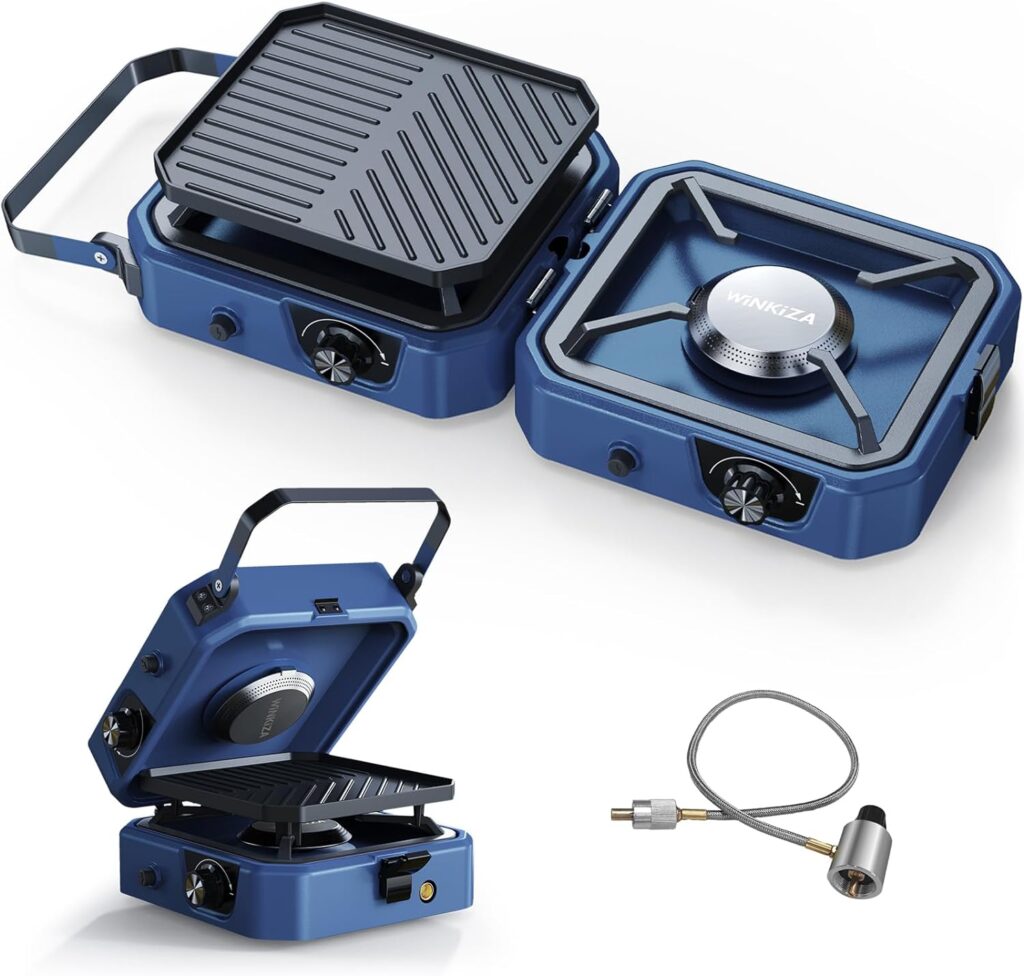
Safety Considerations
Safety is a critical aspect of efficiency. A stove that is efficient but unsafe can lead to accidents and wasted resources.
Safe Handling of Propane
Propane is highly flammable, so it’s crucial to handle and store it correctly. Always check for leaks and ensure that your propane tank is in good condition.
Ventilation
While propane stoves produce fewer emissions, adequate ventilation is still necessary to prevent the buildup of harmful gases like carbon monoxide.
Automatic Shut-Off Features
Many modern propane stoves come with automatic shut-off features, which can cut off the gas supply in case of irregularities, enhancing overall safety and efficiency.
Cost Efficiency
Initial cost and long-term savings are important factors when assessing the efficiency of a propane stove.
Initial Investment
The cost of propane stoves can vary based on type, size, and additional features. Here’s a brief cost comparison:
| Stove Type | Average Cost Range (USD) |
|---|---|
| Portable Camping | $30 – $150 |
| Backpacking | $20 – $120 |
| Fixed Kitchen | $200 – $800 |
Operational Costs
The price of propane can fluctuate based on location and season. However, over time, propane stoves can prove to be cost-efficient due to their high fuel efficiency.
Long-Term Durability
Propane stoves are built to last, with many models undergoing rigorous testing to ensure longevity. Investing in a higher-end model with durable materials can save you money in the long run by reducing the need for replacements or repairs.
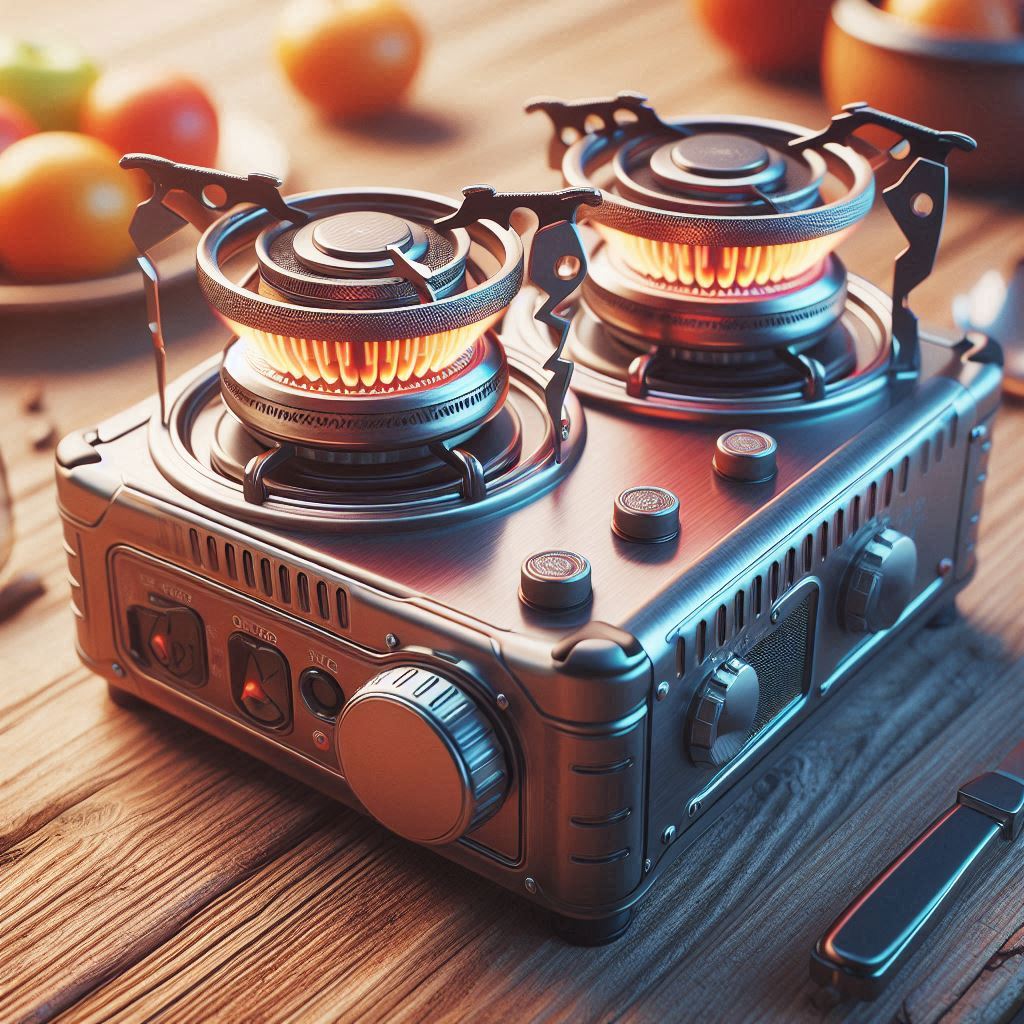
Comparing Propane Stoves to Other Fuel Types
How do propane stoves stack up against their counterparts that use other fuel types, such as butane, white gas, or electricity?
Propane vs Butane
| Feature | Propane | Butane |
|---|---|---|
| Temperature range | Efficient in a wide range of temperatures | Less effective in cold temperatures |
| Availability | Widely available | Less widely available |
| Storage | Requires sturdy containers | Easier to store in smaller canisters |
Propane vs White Gas
| Feature | Propane | White Gas |
|---|---|---|
| Ease of Use | Simple and quick ignition | Requires priming |
| Cleanliness | Burns cleaner | Can leave soot |
| Temperature Range | Effective in all seasons | Highly effective in freezing conditions |
Propane vs Electric
| Feature | Propane | Electric |
|---|---|---|
| Portability | Highly portable | Usually requires a power source |
| Energy Source | Non-renewable | Can be renewable |
| Operating Cost | Lower in remote areas | Varies based on electricity rates |
Tips for Maximizing Efficiency
To get the most out of your propane stove, you can employ several strategies to enhance efficiency:
Proper Usage
- Wind Protection: Use windshields or set up in a sheltered location to prevent heat loss.
- Pot Size: Use pots and pans with a diameter that matches the burner to maximize heat transfer.
- Lid Use: Always cook with a lid to conserve heat and fuel.
Maintenance
- Regular Cleaning: Keep the burners and fuel lines clean to ensure maximum efficiency.
- Leak Checks: Periodically check for leaks using a soapy water solution.
Storage
- Proper Storage: Store propane canisters in a cool, dry place, away from direct sunlight.
- Secure Transport: When transporting, ensure the canister is secure to avoid leaks or damage.
Conclusion
Propane stoves offer a compelling mix of efficiency, convenience, and environmental benefits. Their high fuel efficiency and heat output make them ideal for a variety of settings, from home kitchens to remote campsites. While they do have their limitations, such as requiring proper ventilation and careful handling, their advantages often outweigh these challenges.
Understanding the nuances of propane stoves will help you make an informed decision tailored to your needs. Should you choose a propane stove, you can look forward to consistent performance, cost savings, and a relatively lower environmental impact compared to other fossil fuels. With proper care and usage, a propane stove can be a highly efficient tool for all your cooking needs.

